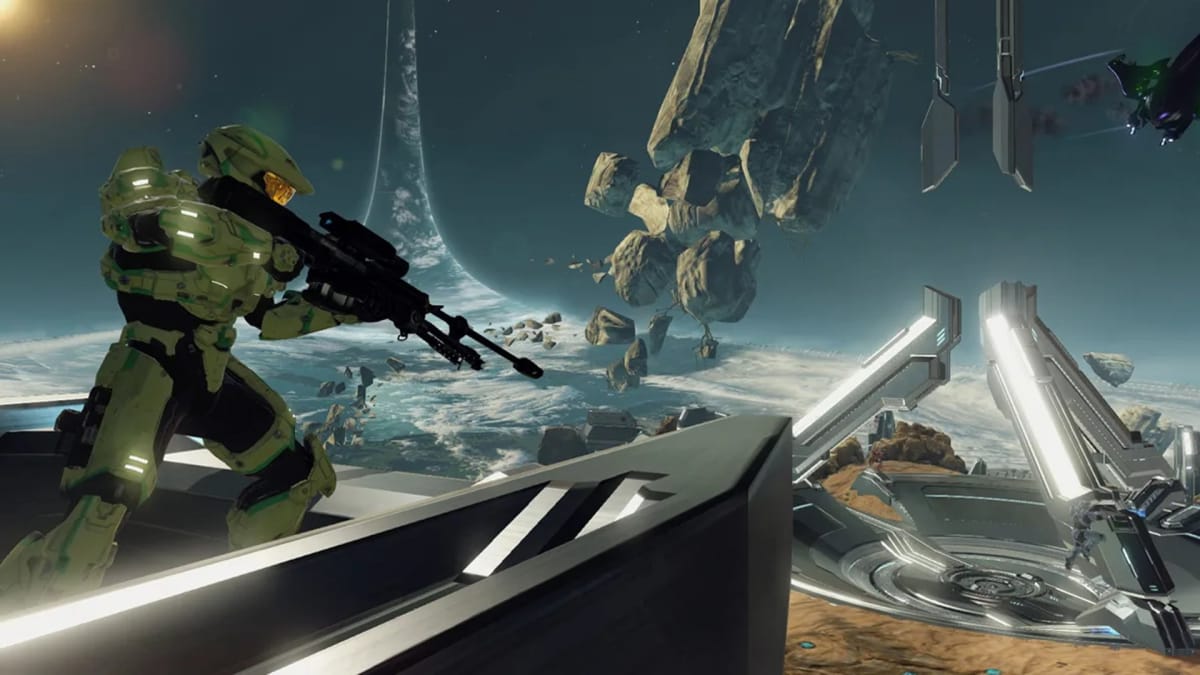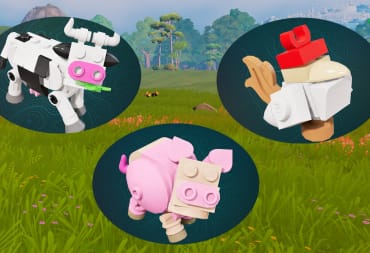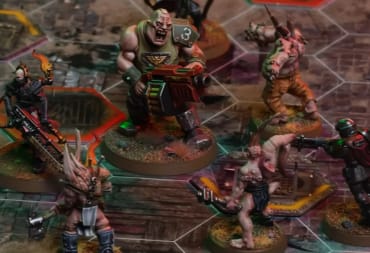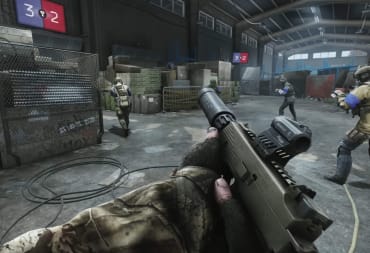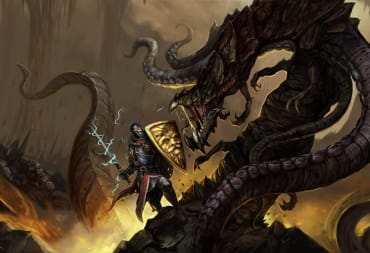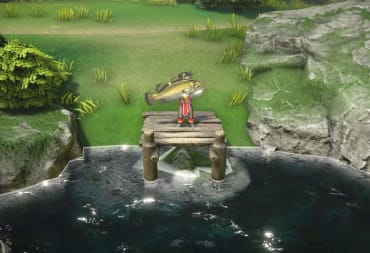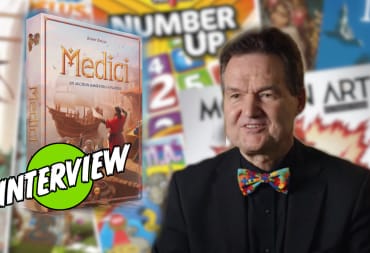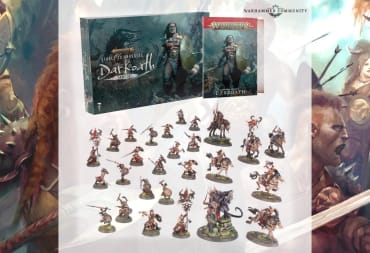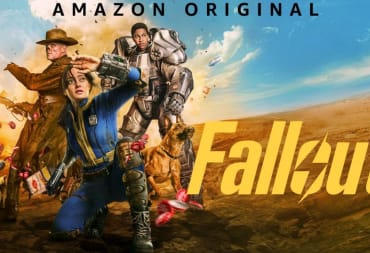As Xbox's flagship video game franchise and one of the most influential game series to date, Halo is known for many things. From recharging health systems to the popularization of console multiplayer, there is much to praise the beloved shooter for, but what makes Halo truly iconic?
After all, there has certainly been no shortage of competitors, many of which have similar game mechanics, but in the end, most of them have faded into memory, or worse yet, obscurity. Perhaps, aside from being backed by Microsoft's near-limitless coffers, the answer lies in Halo's unique art style, which has since given birth to quite a number of prolific characters, weapons, and vehicles.
Of course, space marines, aliens, and power armor aren't exactly fresh concepts by today's standards, and they certainly weren't new by the time Halo: Combat Evolved came out, but one can argue that Halo revolutionized people's expectations of how such things should look by interjecting a bit of realism into it, as ridiculous as it may sound for a game that takes place in 2552.
For example, prior to Halo's release, the appearance of space marines generally fell into one of two categories: the super muscular variety a la DOOM or the "my armor can't fit through doorframes" kind that StarCraft and Warhammer 40K are fond of.
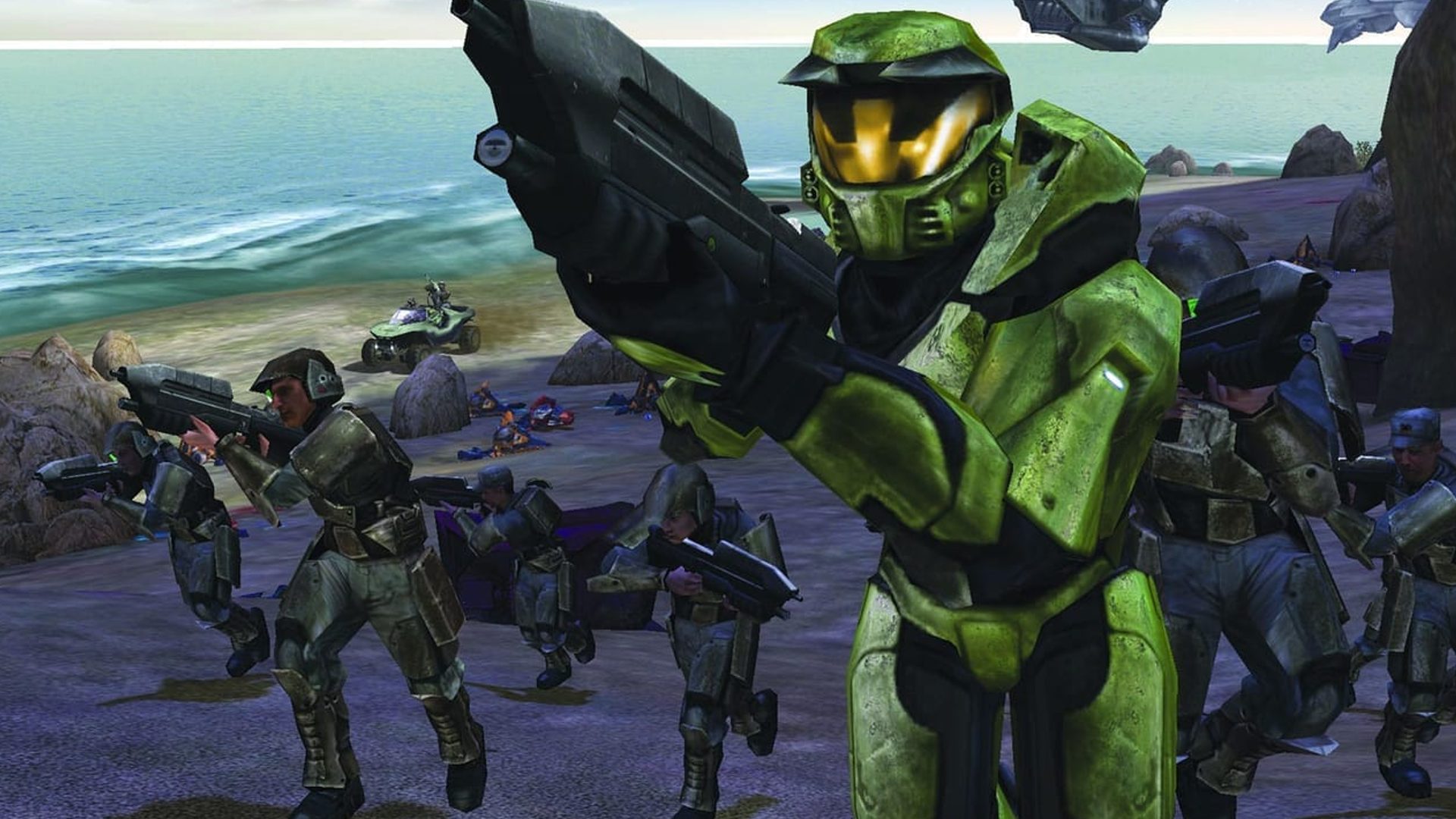
Suddenly, with the release of Halo, you had these Marines with normal human proportions, wielding weapons that looked like they were made by humans, driving vehicles that looked like human vehicles, and fighting alongside a main character who didn't have giant, bulbous shoulder pads that were large enough that they could generate their own gravity.
Similarly, the Covenant weren't these incomprehensibly bestial aliens who had no apparent desire for anything other than to send you back to the last checkpoint. Instead, you could tell at a glance that they were a civilization, one that followed similar rules to ours complete with its obvious hierarchies, technology, and culture. Once again, Halo may not have been the first to introduce the concept of a civilized, non-extinct alien, but the game certainly popularized it through its character and level design.
By the first few levels of Halo: CE, you could get a sense that the UNSC preferred these blocky, dully colored, yet utilitarian designs that were immediately familiar, while the Covenant were huge fans of ornate, curved, brightly colored objects that threw subtlety out the window. As alien as the Covenant were though, you could identify with them, especially as the series went on and introduced the Arbiter, a character whose relatively elaborate armor design instantly told you quite a bit about the reverence that the rank once commanded.
Obviously, you can't put every enemy, level, and ally on a poster and claim that a series is iconic, as it would just look like a mess, so it's probably a good thing that Halo is cumulatively represented by the Master Chief. If you were to put together a gallery of some of the most easily identifiable characters in gaming, chances are that you'd immediately pick Mario, Sonic, Link, and perhaps even Lara Croft or Samus, for starters.
Aside from the long history of their respective games, these characters are widely considered to be iconic because their overall design has proven to be fairly future-proof as well as symbolic. Mario, for example, will always have a red hat, a fairly large nose, and a mustache, regardless of the game, much like how Sonic is always blue. In a similar manner, though you never get to see the Master Chief's face, his helmet is recognizable anywhere; though the rest of his armor may have undergone a drastic change in appearance in Halo 4, his helmet is still, for all intents and purposes, his face—the thing that people identify with because it lets you envision yourself as the legendary Spartan.
If you still doubt that art design matters in a game like Halo, consider this: when 343 Industries took over the franchise and made their own changes to how everything looked, did fans of the series stay quiet, or did they voice their opinions?
When the rocket launcher was changed into looking like a super-generic green tube rather than the distinctively bulky, dual tube design that everyone was familiar with, was it noticeable? Perhaps most notably, when Elites and Grunts underwent a massive design overhaul, did people complain?
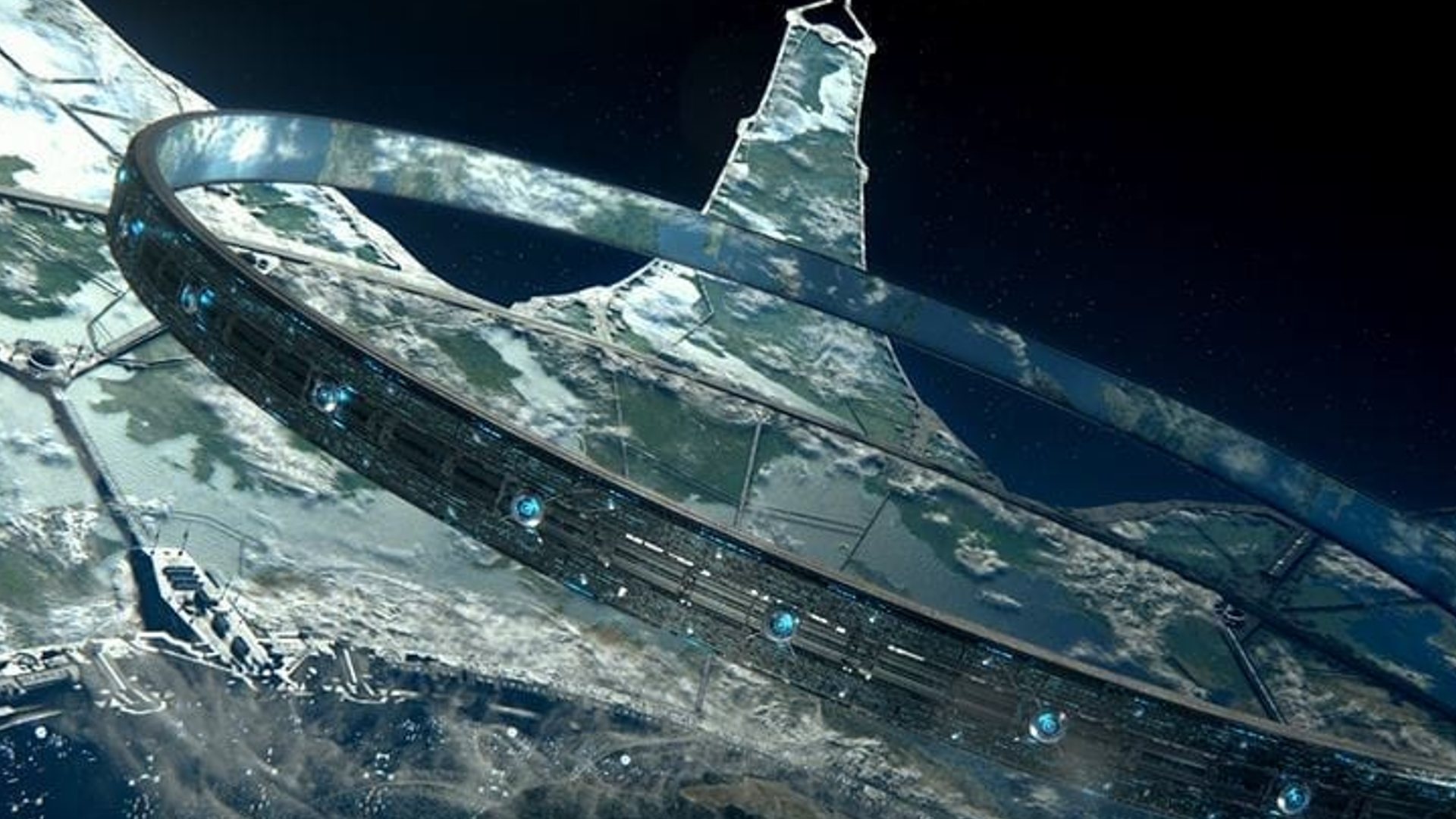
Even if you look beyond the Halo series, eagle-eyed people couldn't help but point out how visually similar Call of Duty: Infinite Warfare's dropship was to the Pelican, which, if nothing else, is an indication that Halo had gradually become the benchmark for what a "generic" space shooter should look like.
That Master Chief is a fairly common sight wherever cosplay is to be expected speaks volumes about how Bungie's art style brought the walking tank to life. Naturally, it helps that Master Chief's Mjolnir armor can actually fit through revolving doors, but that perhaps is what makes Halo, well, Halo.
Everything that you see in the games had been designed with a splash of realism thrown into the mix, which, once again, sounds ridiculous, but it would be hard to imagine what the games would look like if that weren't the case.
This post was originally published in 2017 as part of our Bullet Points series. It's been republished to have better formatting and images.
Have a tip, or want to point out something we missed? Leave a Comment or e-mail us at tips@techraptor.net
